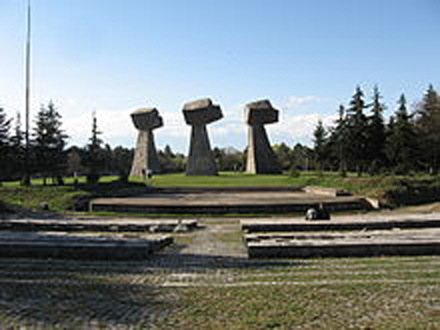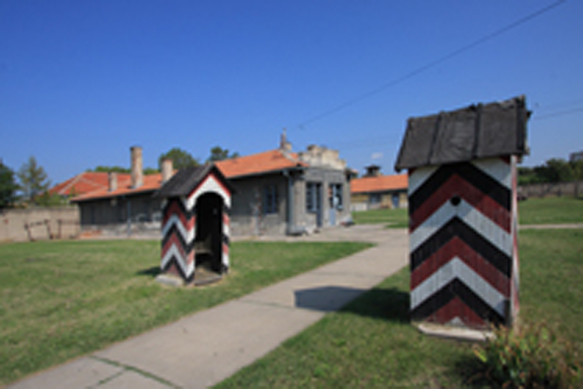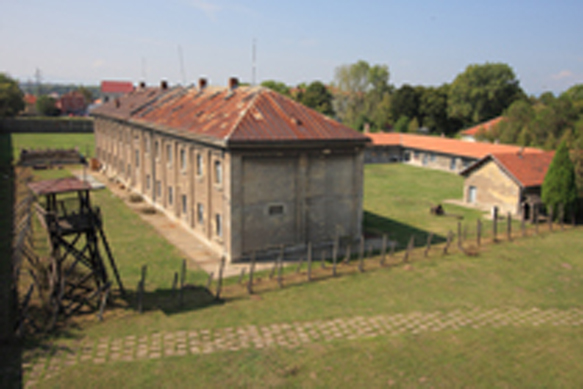
|
||||||||||||
|---|---|---|---|---|---|---|---|---|---|---|---|---|
|
Contents |
||||||||||||
|
Niš in the Past |
||||||||||||
|
Jewish Niš |
||||||||||||
|
||||||||||||
|
|
||||||||||||
|
|
||||||||||||
|
(click on photos for larger versions) |
|
|
Before the Second World War, there were more than one-hundred Jewish families, about three-hundred-sixty souls,
living in the city of Niš.
Just thirteen months later, by May of 1942, there were no longer any Jews in Niš. During the first seven months of occupation
the Nazis
In October 1941 the Germans arrested Jewish men and forced them into the nearby Crveni Krst Concentration Camp.
February |
|
Crveni Krst Concentration Camp |
|
|
The concentration camp located in the district of Crveni Krst (Red Cross) is one of the few fully preserved fascist camps in Europe. Even today, this camp provides authentic testimony to the perils the Serbian, Romani, and Jewish populations were subject to during World War II; Communists, numerous supporters of the liberation movement, and partisans, faced similar peril and were incarcerated in the Crveni Krst Concentration Camp during the German Occupation of Serbia (1941 - 1945). The camp complex occupies a surface area of seven hectares, and is surrounded by a high barbed wire fence. The complex contains two central camp buildings, two supplementary single-storey buildings, two towers, two observation posts, two guard boxes, and a drinking fountain. The central camp buildings consisted of premises in which inmates lived, premises to house guards, hearing premises, a dispensary, a barber's room, and ten rooms for solitary confinement, with concrete floors, no windows, and a small slit on the top for light and ventilation. One of those rooms had no ventilation whatsoever. The buildings were originally constructed in 1930 to be used as a part of the military barracks for the Red Cross; but by the beginning of The War, in 1941, one of the buildings was secluded from the barracks by barbed wire and turned into a camp. During World War II, about 30,000 people passed through this camp, of whom over 10,000 were shot on nearby Bubanj Hill. |
Setting aside this camp from the rest of the complex facilitated a massive escape of prisoners on 12 February 1942. Out of 147 inmates who attempted to flee, 105 managed to escape, while eighty-two died along the way. After this successful escape, and another in December 1942, the camp became a real venue of desth. On 12 February 1967, the twenty-fifth anniversary of the initial prisoner escape, the camp was turned into the "12 February" Memorial Museum. In addition to the photographs shown below, here are two links concerning the Crveni Krst Concentration Camp: Wikipedia YouTube. The following file contains an extensive list of Victims of Lager Niš (1941 - 1944). This list is written in Serbian. |

|
|

Commemorates the site where more than 10,000 people, including more than 1,100 Jews from Niš and nearby areas, were murdered during WW II. (sculpted by Ivan Sabolic and erected in 1963) |

|

|

|

|

|

|

|